
The tranquility of a high-altitude flight has long been considered a given, an expectation that passengers could read, nap or dine with minimal interruption.
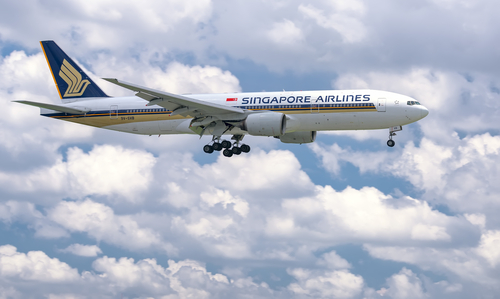
Yet, recent disconcerting experiences aboard planes, including a tragic incident where severe turbulence on a Singapore Airlines flight led to a passenger’s death and injured many, are sounding alarms across the aviation industry.
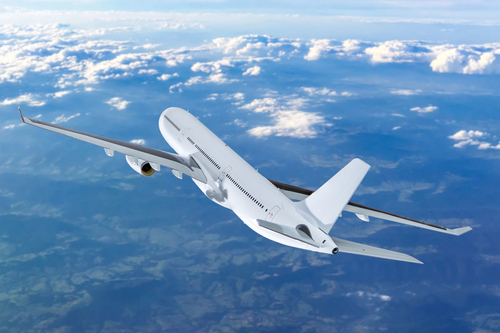
As our climate continues to warm, clear-air turbulence, an invisible and unpredictable aerial foe, is becoming more severe and frequent.
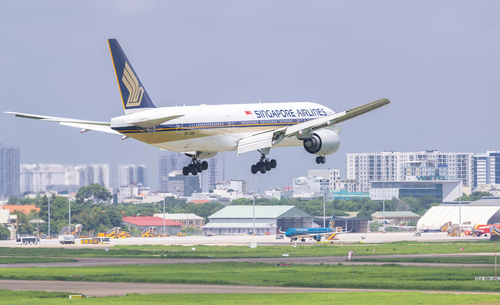
On the 21st of May, amidst the serene blue above, passengers aboard a Singapore Airlines flight from London were violently jostled from their seats as the plane encountered sudden, severe turbulence at 37,000 feet.
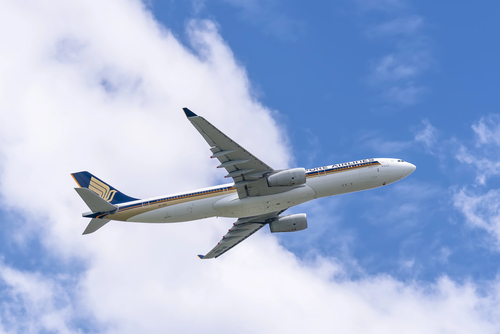
In an unsettling revelation, studies by atmospheric scientists like Professor Paul Williams from the University of Reading are providing evidence that the clear-air turbulence is intensifying due to climate change.
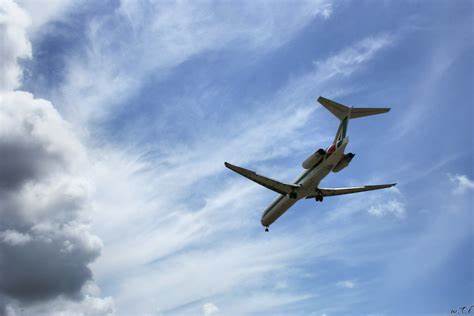
Clear-air turbulence is the unseen tempest, akin to ocean waves, causing planes to unexpectedly heave up and down.
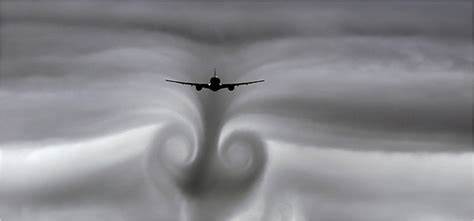
It typically lurks around jet streams—the high-speed winds at cruising altitudes notorious for their shear, which significantly changes wind speed with height.

These jet streams, according to researchers, are already becoming more intense.
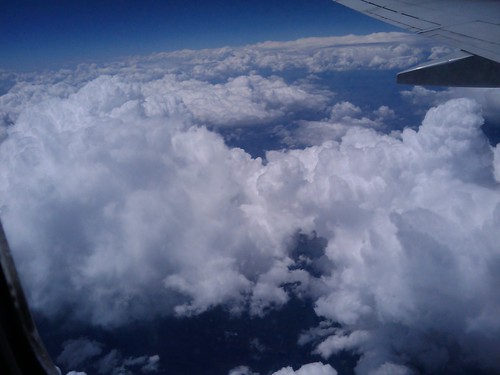
Williams warns, “Following a decade of research showing that climate change will increase clear-air turbulence in the future, we now have evidence suggesting that the increase has already begun.”
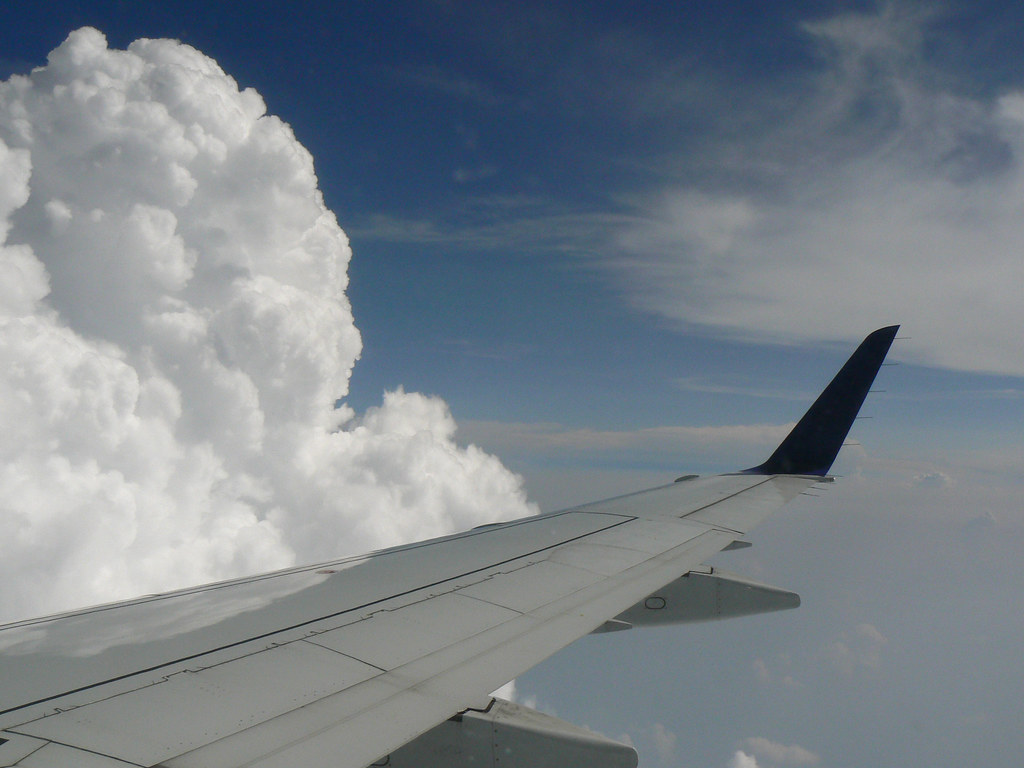
A study, co-authored by Williams and published in the journal Geophysical Research Letters, startlingly indicates that severe turbulence along the busy North Atlantic routes has increased by 55% between 1979 and 2020.
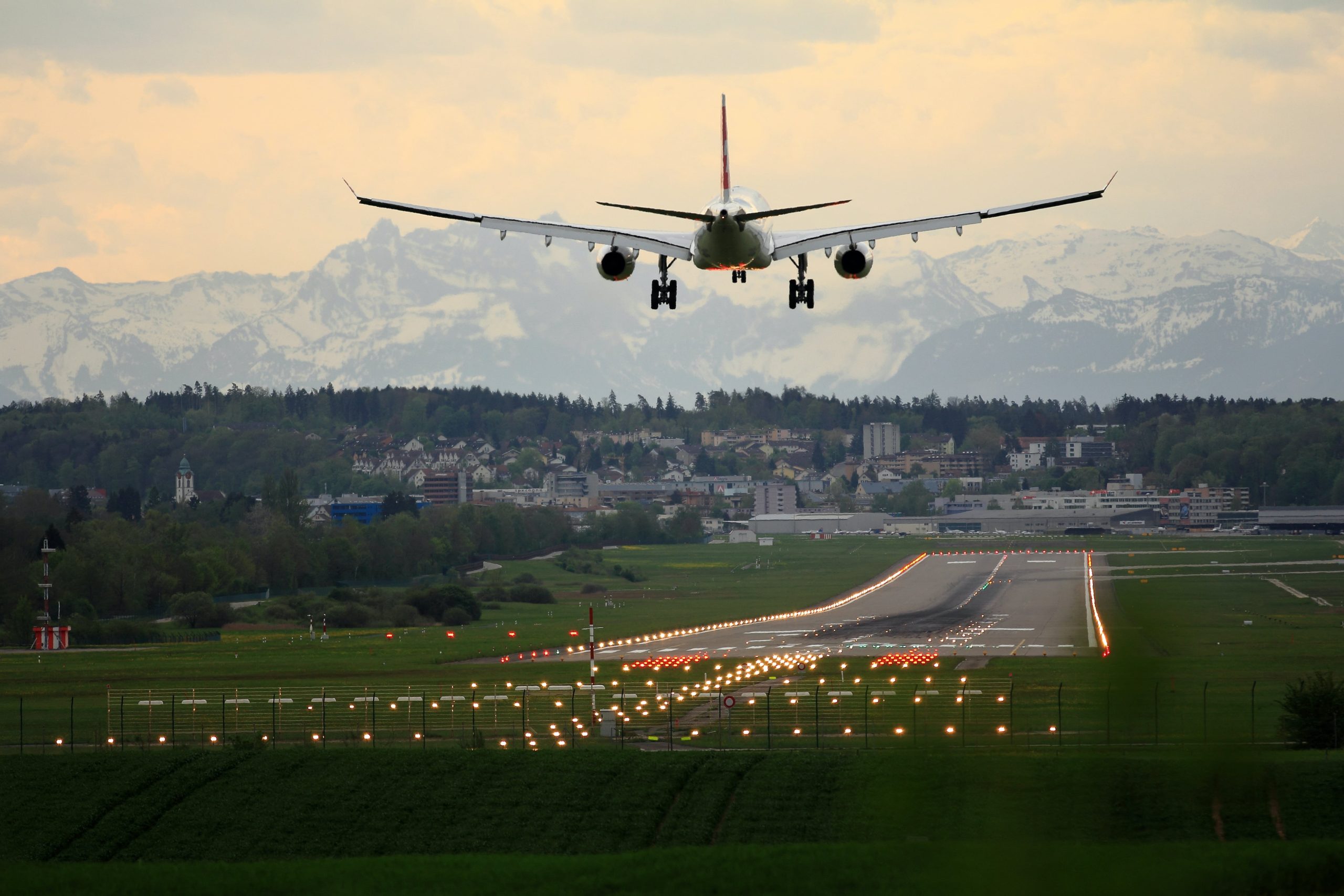
These invisible atmospheric upheavals are no longer rare anecdotes but a growing threat to the safety and comfort of air travel.
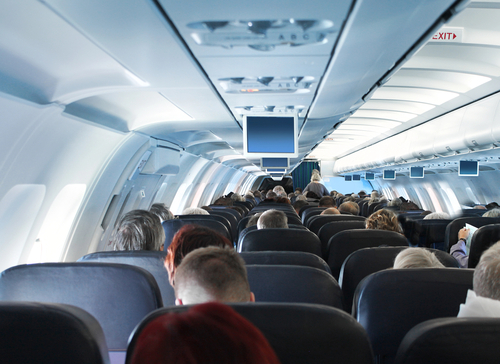
Professor Paul Williams advocated for increased efforts to enhance the capability to forecast and prevent aircraft encounters with turbulence.
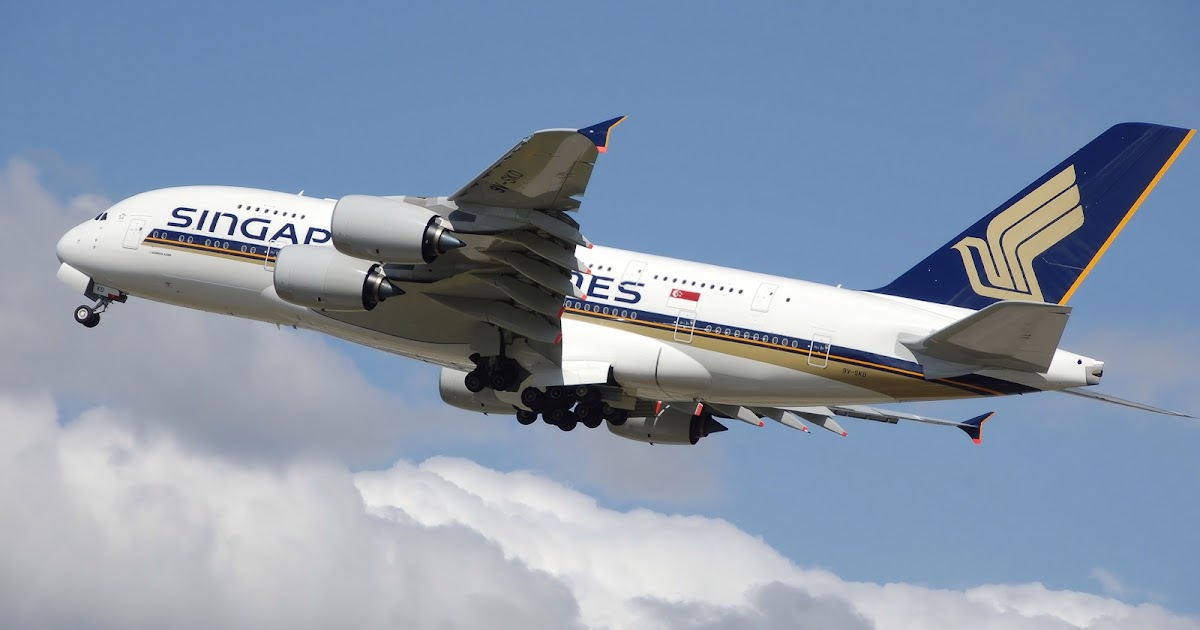
“There is a pressing need to allocate resources towards the development of better turbulence prediction and detection technologies to mitigate the impact of turbulent air on flight smoothness in the years ahead,” remarked Professor Williams.
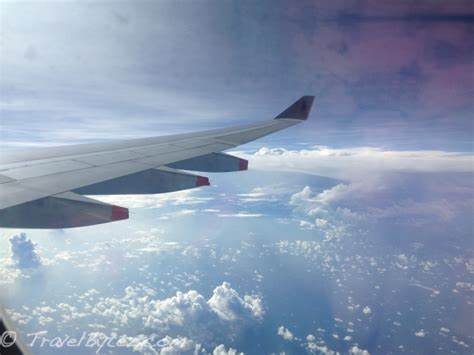
The implications of increasing turbulence are multifaceted. Financial costs accrue due to the damage to aircraft, while the environmental toll rises from additional fuel burned to navigate through or around rough patches.

Moreover, the human cost is considerable—flight attendants, in particular, face high injury risk due to the nature of their duties during flights.
Relevant articles:
– Climate change is fuelling turbulence on some of our most common flight paths, abc.net.au
– Flight turbulence increasing as planet heats up – study, BBC
– Climate change could be about to make flight turbulence a lot worse, CNN
– More Clear-Air Turbulence From Climate Change Raises Safety Concerns, Forbes
